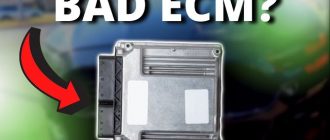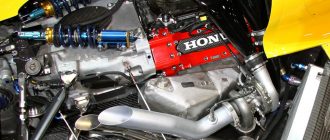## **How to Fit Car Engine in Motorcycle**
Fitting a car engine into a motorcycle is a complex and challenging project, but it can be done with the right skills and equipment. Here is a step-by-step guide on how to do it:
**1. Choose the Right Engine**
The first step is to choose the right engine for your motorcycle. Not all car engines are suitable for this type of conversion, so it’s important to do your research and find one that will fit and perform well.
Some of the factors to consider when choosing an engine include:
* **Size and weight:** The engine should be small and light enough to fit in the motorcycle frame without adding too much weight.
* **Power:** The engine should have enough power to propel the motorcycle at a reasonable speed.
* **Fuel efficiency:** The engine should be fuel-efficient, especially if you plan on doing a lot of riding.
* **Reliability:** The engine should be reliable and easy to maintain.
Once you have chosen an engine, you can purchase it and start the conversion process.
**2. Modify the Motorcycle Frame**
The next step is to modify the motorcycle frame to fit the car engine. This may involve welding, cutting, and fabricating new parts. It’s important to make sure that the frame is strong enough to support the weight of the engine and that it is aligned properly.
**3. Mount the Engine**
Once the frame is modified, you can mount the engine. This is typically done using a combination of bolts, nuts, and brackets. It’s important to make sure that the engine is mounted securely and that it is level.
**4. Connect the Engine to the Transmission**
The next step is to connect the engine to the transmission. This is typically done using a driveshaft or chain. It’s important to make sure that the driveshaft or chain is the correct length and that it is aligned properly.
**5. Install the Exhaust System**
The next step is to install the exhaust system. This is typically done using a combination of pipes, mufflers, and clamps. It’s important to make sure that the exhaust system is properly sealed and that it meets all applicable noise regulations.
**6. Install the Fuel System**
The next step is to install the fuel system. This typically involves installing a fuel tank, fuel lines, and a fuel pump. It’s important to make sure that the fuel system is properly sealed and that it meets all applicable safety regulations.
**7. Install the Electrical System**
The next step is to install the electrical system. This typically involves installing a battery, starter, alternator, and wiring harness. It’s important to make sure that the electrical system is properly wired and that it meets all applicable safety regulations.
**8. Install the Bodywork**
The final step is to install the bodywork. This typically involves installing a seat, fenders, and a fairing. It’s important to make sure that the bodywork is properly fitted and that it meets all applicable safety regulations.
**Conclusion**
Fitting a car engine into a motorcycle is a complex and challenging project, but it can be done with the right skills and equipment. If you are considering doing this type of conversion, it’s important to do your research and to make sure that you have the necessary skills and experience.




